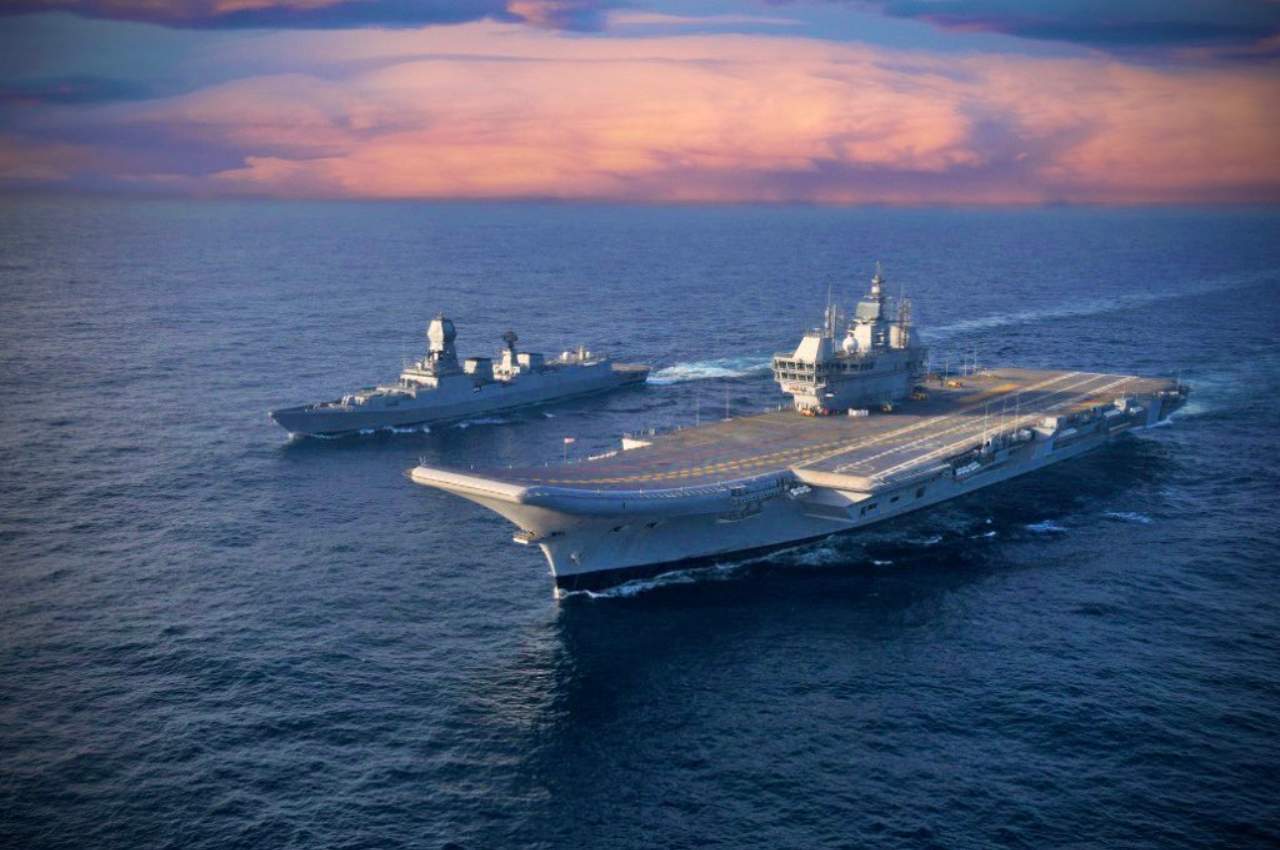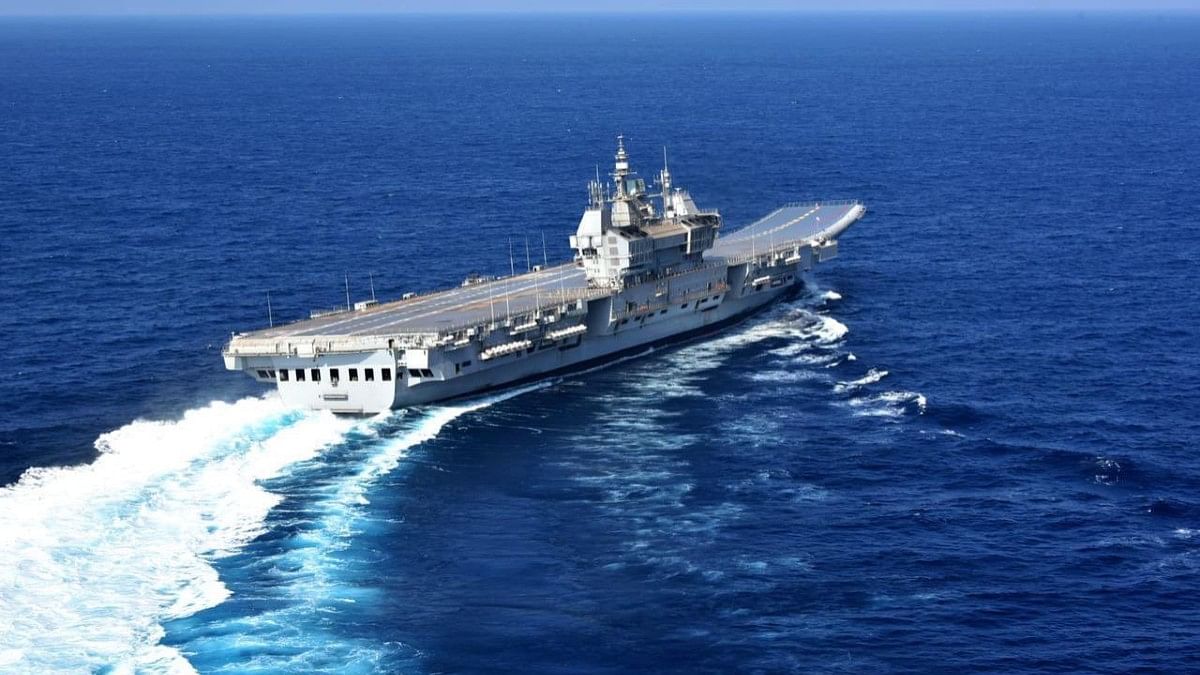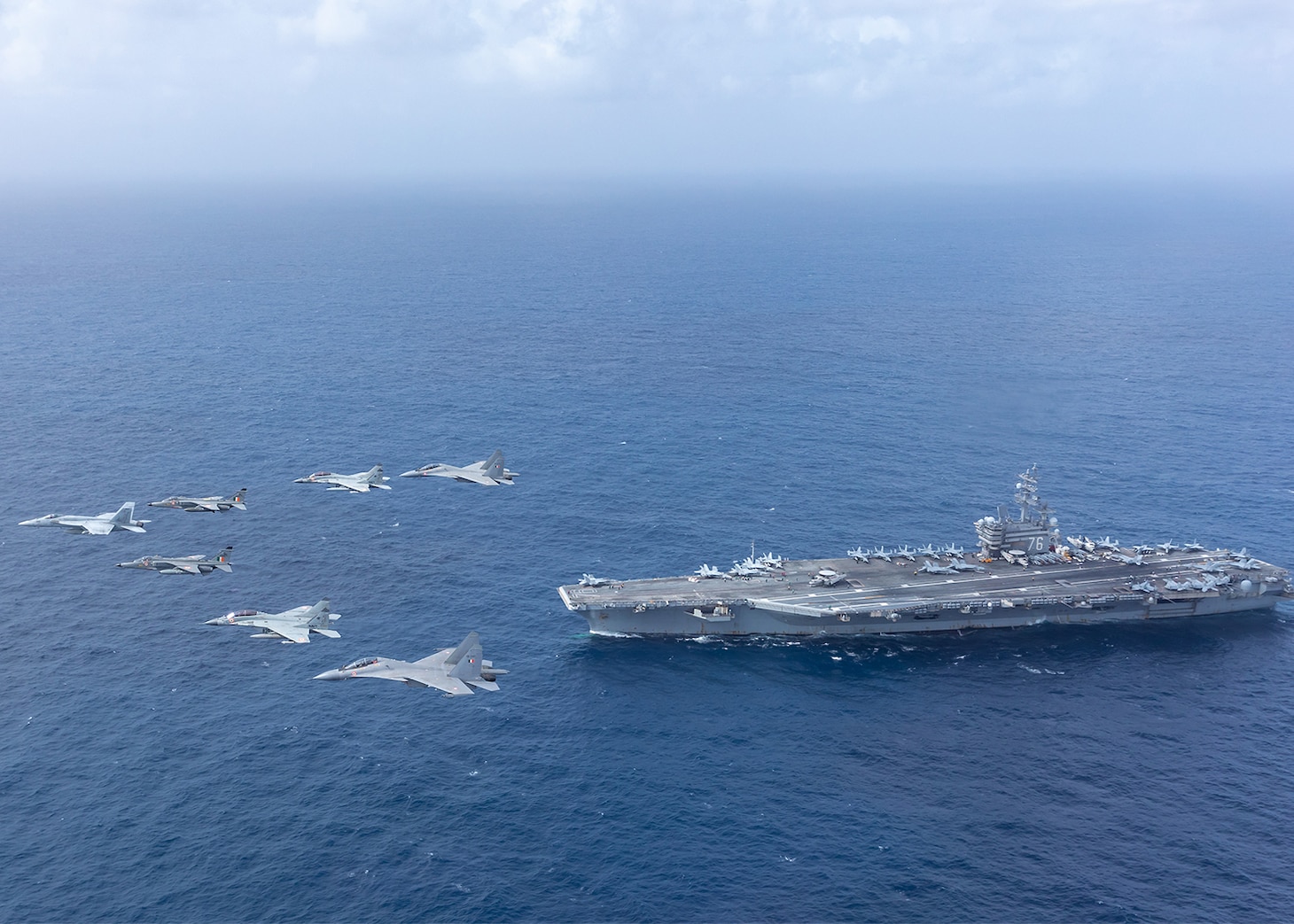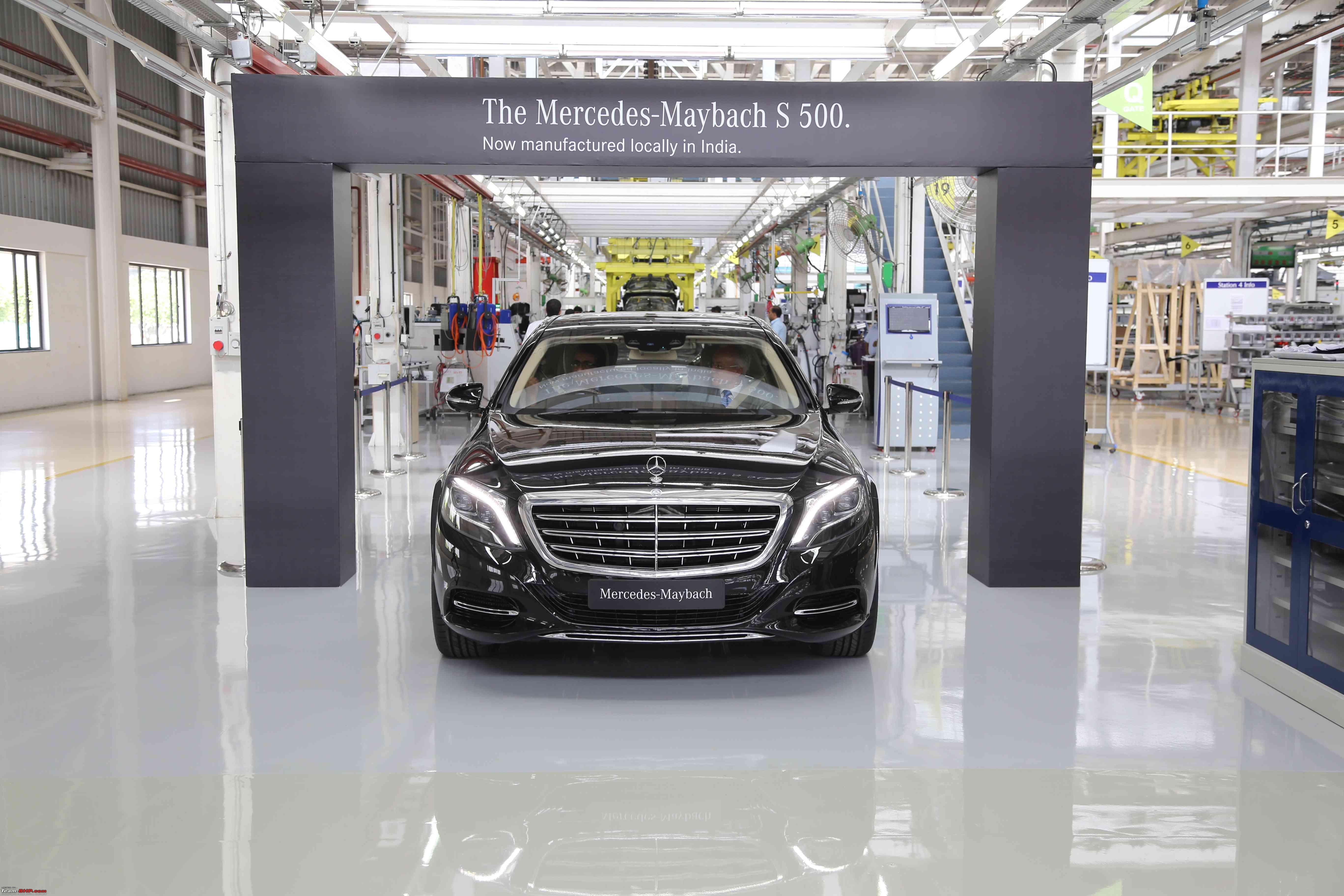India Air Carrier - Navy chief Admiral Karambir Singh last year said a third aircraft carrier was "absolutely necessary" for India to further expand its naval capabilities.
The Indian Navy is confident of a positive response from the government to its request for a third aircraft carrier, and the warship will be designed to accommodate fighter jets and unmanned aerial vehicles, people familiar with the development said on Tuesday. Currently, India has only one aircraft carrier - INS Vikramaditya which is a Russian based platform. The indigenously built aircraft carrier (IAC) INS Vikrant is expected to be fully operational by 2022.
India Air Carrier

Discussions are underway on various aspects of the third aircraft carrier, and its overall displacement could be reduced from the proposed 65,000 tons to reduce the cost and time of its construction, the people cited above said.
Ins Vikrant (2013)
"We are looking at various aspects of the project. It will be designed to accommodate fighter jets and unmanned aerial vehicles," a source said.
In a press conference, Navy Chief Admiral Karambir Singh said last year that a third aircraft carrier was "absolutely necessary" for India to further expand its naval capabilities.
A third aircraft carrier project is slated to be included in the Indian Navy's modified 15-year Maritime Capability Perspective Plan (MCPP), the people cited above said.
The Navy is modifying the MCPP to accommodate time overruns on some projects and align with the Department of Military Affairs' 10-year Integrated Capability Development Plan (ICDP) to provide a three-service approach to the meeting. Future security challenges.
Asia's First Nuclear Aircraft Carrier To Be Born?
When asked about the third aircraft carrier, Vice Chief of Navy, Vice Admiral Satish Namdev Ghormade said the need for a third aircraft carrier will be considered when the plan is made.
"All these, the (third) aircraft carrier, submarines and maritime patrol aircraft have a specific role. To make a balanced force, the country's capability needs all these," he told reporters at an event.
In August, she completed a five-day maiden voyage and the performance of her major systems was found to be satisfactory.

In February last year, Chief of Defense Staff General Bipin Rawat had said that the Indian Navy would not seek approval for a third aircraft carrier anytime soon as its priority was to strengthen its submarine fleet.
Veracity Of Aircraft Carriers In The Indian Context: What History Tells Us About Aircraft Carrier And India
General Rawat said cost was a key factor in deciding the case as aircraft carriers were "very expensive".
Don't miss ET Prime stories! Get your daily business updates on WhatsApp. Click here! Long-range air surveillance radars, LESORUB-E, RESISTOR-E radar complex, CCS MK II communication complex and LINK II tactical data system
A modified Kiev-class aircraft carrier and the flagship of the Indian Navy. He entered service in 2013.
Originally built as Baku and launched in 1987, the carrier served with the Soviet Navy and later with the Russian Navy (as Admiral Gorshkov) before being decommissioned in 1996.
Technological Perspectives On A Third Aircraft Carrier For India
The carrier was invested by India on 20 January 2004 with a final arms sale price of $2.35 billion after years of negotiations.
On 14 June 2014, Prime Minister of India Naradra Damodar Modi officially commissioned INS Vikramaditya into the Indian Navy and dedicated her to the nation.
The Baku entered service in 1987, was scuttled by Admiral Gorshkov in 1991, but was decommissioned in 1996 because she was too large to operate on a post-Cold War budget. This caught the attention of India, which was looking for a way to expand its carrier aviation capabilities.
On January 20, 2004, after years of negotiations, Russia and India signed a contract for the sale of the ship. The ship will be free, but India will pay $800 million to renovate and repair the ship and an additional $1 billion for aircraft and weapons systems. The Navy sought to outfit the carrier with the E-2C Hawkeye, but decided against it.
Buy Eurographics Aircraft Carrier Evolution Puzzle (1000 Piece) Online At Low Prices In India
The deal involved the purchase of 12 Mikoyan MiG-29K 'Fulcrum-D' (Product 9.41) single-seat and four two-seat MiG-29KUB aircraft (with an option for a further 14 aircraft) for US$1 billion, six Kamov Ka. -31 reconnaissance and anti-submarine "Helix" helicopters, torpedo tubes, missile systems and artillery units. Facilities and procedures for training pilots and technical personnel, delivery of simulators, spare parts and maintenance deployment at Indian Navy facilities were also part of the agreement.
The upgrade involved removing all weapons and rocket launch tubes from the front of the ship to make way for a "short lift-off but arrested recovery" (STOBAR) configuration.
The announced delivery date of INS Vikramaditya was August 2008, allowing the carrier to enter service just as the Indian Navy's only light carrier, INS Virat, was retired. Virat's retirement was postponed to 2010–2012.
Delay issues were compounded by ongoing cost overruns, which led to high-profile diplomatic exchanges. India eventually agreed to pay an additional $1.2 billion for the project, doubling the initial cost.
Meet India's 'black Panther' Fighter Jets That Will Fly From Ins Vikrant Till Rafale Or Super Hornet Takes Over
However, ongoing issues with Vikramaditya's launch schedule pushed the expected launch to 2013. Also, the indigenous Vikrant-class aircraft carrier was delayed by at least a year and was expected to be commissioned in 2012-2013 as proposed.
In July 2008, it was reported that Russia would have to raise the price by about $2 billion, citing unexpected cost overruns for the ship's deteriorating condition and a "market price" for a new mid-sized carrier of 3-4 billion US dollars. bn
India paid $400 million by November 2008. However, Russia threatened to cancel the deal if India did not pay the increased amount.

In December 2008, government sources in India said that the Cabinet Committee on Security (CCS) had finally decided in favor of acquiring the Admiral Gorshkov as the best option available.
India's Indigenous Aircraft Carrier And Largest Warship Ins Vikrant Joins Navy
India's Comptroller and Auditor General (CAG) criticized the Vikramaditya as a second-hand warship with a limited lifespan, which would cost 60% more than a new one. Also, there was a risk of further delay in its delivery.
Indian Navy Chief Admiral Suresh Mehta denied the cost of the warship, saying, "I can't comment on the CAG. But all you defense analysts, can you get me an aircraft carrier for less than $2? Billion? If you can, I'll sign the check now."
A Navy chief's statement at the time suggested the final deal could be worth more than $2 billion. Asked about the CAG's finding that the Navy had not done its risk analysis before boarding the ship, he said, "I assure you there is no such thing. There is no doubt, we are looking. The ship that from the late 90s."
On 2 July 2009, Russian President Dmitry Medvedev said that the repair of the carrier should be completed as soon as possible so that it can be delivered to India in 2012.
Ins Vikrant Boosts Indian Navy's Firepower But Chinese Navy Still Ahead In Numbers
On December 7, 2009, Russian sources indicated that final terms had been agreed, but no handover date had been set.
On 8 December 2009, India and Russia reportedly resolved the impasse over the Admiral Gorshkov prize agreement by agreeing to a price of $2.2 billion. Moscow demanded $2.9 billion for the aircraft carrier, nearly three times what was originally agreed between the two sides in 2004. New Delhi, on the other hand, wanted to bring the price down to $2.1 billion.
Both governments finalized Admiral Gorshkov's price on March 10 at $2.35 billion, a day before Russian Prime Minister Vladimir Putin's two-day visit to India.

In April 2010, a scandal over the project emerged when it was announced that an Indian Navy officer had been blackmailed to influence negotiations over the cost of Admiral Gorshkov in India.
Development] New Ai Aircraft Carriers
Commodore Sukhjinder Singh was the key figure overseeing the overhaul of the carrier, working as the Principal Officer for the project. He was dismissed from service due to this incident.
About 99% of the structural work and about 50% of the cable work has been completed by June 2010. Almost all major equipment, including generators and diesel generators, have been installed.
All remodeling work was completed in Severodvinsk, Russia. However, it was delayed by three years due to an underestimation of the amount of cables required.
Expert level discussions on technical and economic issues were held between India and Russia to resolve the issues.
Fortune India: Business News, Strategy, Finance And Corporate Insight
In February 2010 the MiG-29K entered operational service with India. A compromise was finalized and India had to pay an additional undisclosed amount. Russia should have created a new system instead of fixing the old one.
On 1 June 2010, The Times of India quoted a naval official as saying: "Earlier this year India agreed to a revised restoration cost of $2.33 billion for the Gorshkov, after three years of bitter wrangling, following an earlier agreement in January 2004 allocated only 974 million dollars. For this, Russia will provide high-level monitoring of the carrier's work."
Carrier heat and air, carrier india, carrier air conditioning system, carrier air conditioning, carrier central air, carrier air condition, carrier air conditioner dealers, carrier air conditioning india, carrier air conditioner price india, carrier air conditioning company, carrier air conditioners india, carrier air purifier

